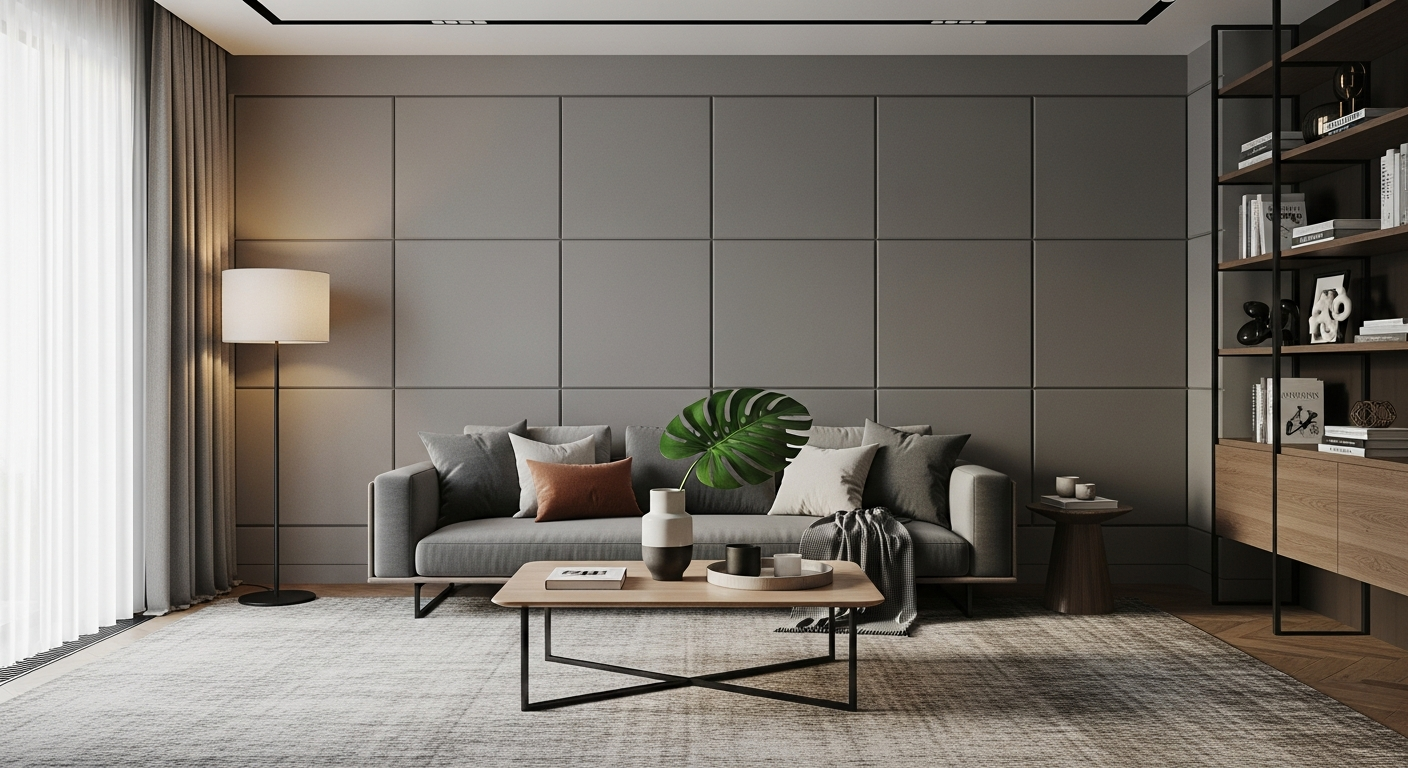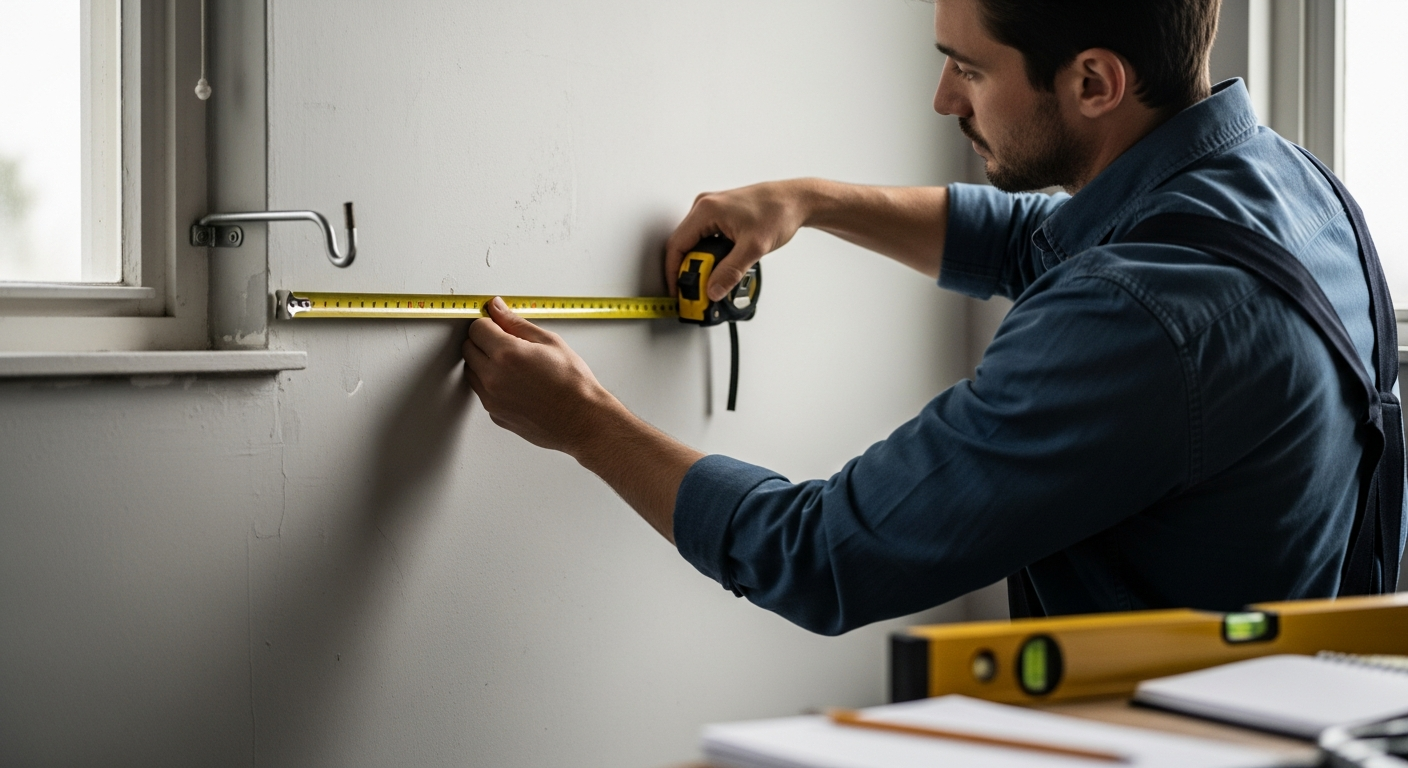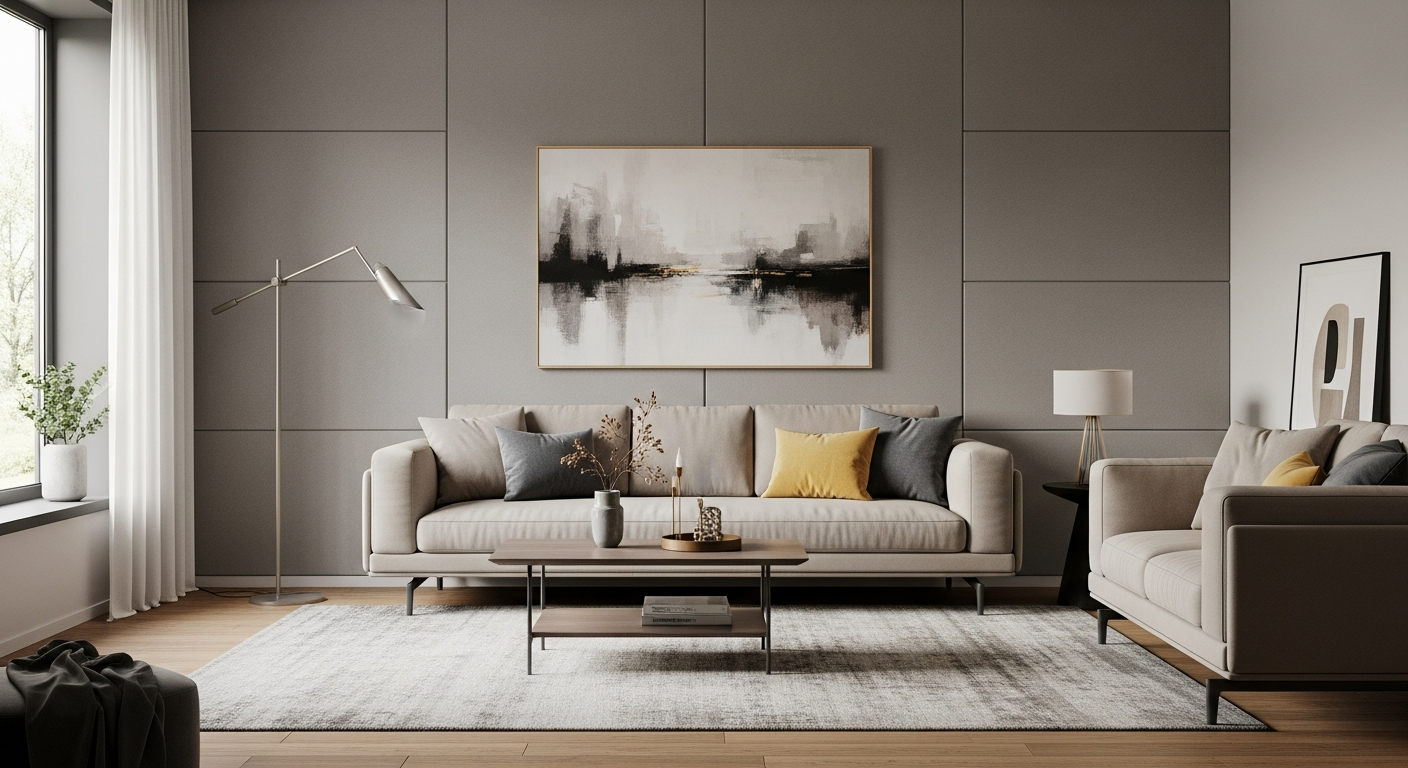
If you`re setting up a home studio, theater, or even just trying to make your office sound better, you`ve probably asked the same question many others have - how many sound panels do I need? It`s one of the first and most important steps in creating a room that sounds clear, balanced, and comfortable.
The quick answer? You`ll need acoustic panels to cover about 20-30% of your wall surface area. That`s the industry standard for achieving noticeable echo reduction and improving clarity. But, as with everything in acoustics, it depends on what kind of room you have and what you`re using it for.
At Sound Pro Solutions, we`ve helped thousands of customers figure out exactly how much soundproofing they need for their homes, studios, and offices. The right number of panels depends on the size, materials, and layout of your space - but once you know the formula, it`s surprisingly easy to calculate.
Let`s walk through how to find your perfect balance of coverage, without overdoing it or wasting money.
Calculate Your Panel Needs
You don`t need to be a sound engineer to do this. A simple calculation will tell you how many acoustic panels you need for your space.
Step 1 - Measure the Room
Start by measuring the length, width, and height of your room. For example, let`s use a 12-foot by 15-foot room with an 8-foot ceiling.
Step 2 - Calculate the Wall Area
Multiply the perimeter by the height:
(12 + 15) × 2 × 8 = 432 square feet of wall area.
Step 3 - Apply the Coverage Percentage
Now, apply the standard 20-30% coverage rule.
- 20% coverage: 432 × 0.20 = 86 square feet of panels.
- 30% coverage: 432 × 0.30 = 130 square feet of panels.
If each panel is about 2x4 feet (8 square feet), that means you`ll need between 10 and 16 panels for that room.
This gives you a great starting point. A smaller, softer room may need less. A larger, echo-prone room may need more.
It`s also important to understand the difference between soundproofing and sound absorption. When people ask "how many soundproof panels do I need?" they often mean acoustic panels - but true soundproofing (blocking sound from leaving or entering a room) requires structural materials, not just panels. Acoustic panels absorb reflections inside a room, improving clarity and reducing echo.
Panel Quantity by Room Size

To make this easier, here`s a quick breakdown you can use as a guide. The numbers below assume standard 2x4-foot panels.
- Small room (10x10 ft) - Around 6-8 panels for balanced absorption.
- Medium room (12x15 ft) - Roughly 10-16 panels, depending on surfaces and layout.
- Large room (15x20 ft) - Around 18-24 panels for consistent sound coverage.
- Extra-large spaces - You`ll likely need 25 or more, especially if the ceiling is high or the space has hard floors.
If your ceilings are higher than 8 feet, or if you have an open-concept design, add about 10% more coverage. Ceiling reflections contribute more to echo than people expect, especially in modern interiors with hard surfaces and minimal furnishings.
At Sound Pro Solutions, we often use these estimates as a baseline when advising clients. From there, we fine-tune based on the room`s purpose, materials, and how "live" or "dead" the sound feels once panels are installed.
How Room Purpose Changes Panel Count
A recording studio and a living room don`t need the same acoustic treatment. The function of your room directly impacts how many sound-absorbing panels you`ll need.
Home Theater
For immersive sound and clear dialogue, home theaters usually benefit from 25-35% coverage. That`s about 12 to 18 panels in a mid-sized room. Panels behind speakers and along sidewalls help minimize reflections that distort sound.
Home Office
If you`re working from home, aim for 15-25% coverage. You want a controlled, calm sound without overdamping your voice for calls. For most small offices, that`s between 6 and 10 panels.
Recording Studio
This is where precision matters most. Studios often require 30-50% coverage, depending on how the room is built and what kind of recording happens there. For an average-size studio, that means anywhere from 15 to 25 panels.
Living Room
For a casual living space, you can stay lighter with 10-20% coverage - roughly 5 to 8 panels. The goal isn`t perfect silence but a smoother, more natural acoustic feel.
These are just starting points, of course. Every room has its own sound personality. Hard flooring, big windows, or bare walls reflect sound more aggressively, while curtains and soft furniture naturally absorb it. That`s why we always recommend adjusting after listening and testing.
Factors That Increase or Decrease Panel Needs
No two rooms behave the same way, even if they`re the same size. The number of panels you need depends on how your space interacts with sound.
Hard, reflective surfaces like tile, hardwood, or glass make sound bounce around. In those spaces, you`ll need more panels to compensate - closer to the 30% range. On the other hand, if your room already has carpets, curtains, or upholstered furniture, you can get away with fewer panels.
Room shape also plays a role. Square rooms tend to have stronger standing waves, which cause uneven sound. In that case, strategic placement - corners, mid-wall height, and ceiling reflections - can matter more than raw quantity.
Specific acoustic problems, like flutter echo or bass buildup, might require targeted solutions. Bass traps, diffusers, or thicker panels can handle these better than adding more of the same type everywhere.
Budget and aesthetics matter too. Sometimes, a smaller number of well-placed panels can perform better than covering every surface. The key is balance - enough absorption for clarity, but still leaving the room alive and natural.
How to Test If You Need More Panels

Even after you`ve installed your panels, it`s smart to test how the room actually sounds. Every space behaves differently, and no calculator can account for every variable - furniture, ceiling height, wall texture, and even window placement all play a role.
The easiest place to start is the clap test. Stand in the center of the room, clap your hands once, and listen closely to what happens next. If you hear a sharp, fluttering echo that lingers for more than a second, your room is too "live." That means you probably need more acoustic panels on parallel surfaces to stop sound waves from bouncing back and forth.
You can also listen for reverberation, the kind of soft echo that makes voices sound muddy or distant. Try speaking out loud or playing music - if the sound seems to blur together, your panels aren`t absorbing enough mid and high frequencies.
But don`t go overboard. A room can become "too dead" when it`s over-treated. If it starts to sound lifeless or unnatural, remove or reposition a few panels. You want control, not silence.
At Sound Pro Solutions, we recommend an incremental approach: start with roughly 25% coverage, test the space, and then adjust. Add panels slowly until your ears tell you the balance feels right. That`s how professionals do it - one careful step at a time.
Professional Assessment for Complex Spaces
Sometimes, DIY calculations just don`t cut it. Large or irregularly shaped rooms, vaulted ceilings, or multi-purpose spaces like studios with glass partitions often behave in unpredictable ways. In those cases, figuring out how much soundproofing you need or where to place panels can get tricky.
Commercial environments, in particular, come with extra challenges - HVAC systems, reflective flooring, and open layouts all affect how sound travels. The same goes for restaurants, offices, or performance spaces where both noise control and aesthetics matter.
That`s where professional assessment comes in. At Sound Pro Solutions, our team specializes in matching acoustic goals to the right materials and layout. We take real measurements, run simulations if needed, and help clients choose the perfect combination of sound-absorbing panels, diffusers, and barriers for consistent results.
We`ve spent decades working with architects, contractors, and homeowners across the U.S., and we`ve learned that no two rooms are ever truly alike. What makes one space perfect might make another sound dull or uneven. That`s why we focus on personalized solutions rather than one-size-fits-all kits.
If you`re dealing with a complex room or need a professional-grade setup, reach out to us. We`ll help you calculate exactly how many sound panels you need, where to place them, and what type will give you the best performance for your budget.
Acoustics shouldn`t be guesswork. With the right plan, your room can sound exactly the way you imagine - balanced, comfortable, and free from unwanted echo.
Visit soundprosolutions.com to explore our range of acoustic products and expert guidance. At Sound Pro Solutions, we turn technical problems into beautiful, quiet spaces that work just as well as they look.
Recent posts




